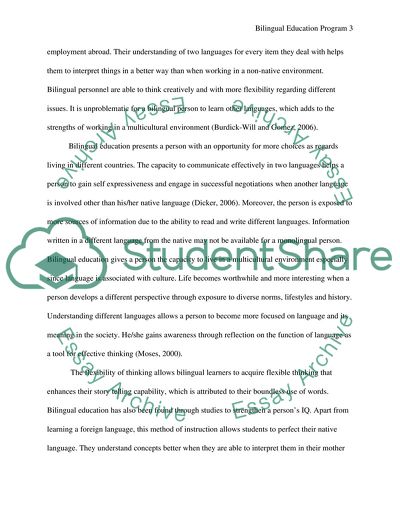Cite this document
(Advantages and Disadvantages of Bilingual Education Program Research Paper, n.d.)
Advantages and Disadvantages of Bilingual Education Program Research Paper. Retrieved from https://studentshare.org/education/1742873-bilingual-eduaction-program
Advantages and Disadvantages of Bilingual Education Program Research Paper. Retrieved from https://studentshare.org/education/1742873-bilingual-eduaction-program
(Advantages and Disadvantages of Bilingual Education Program Research Paper)
Advantages and Disadvantages of Bilingual Education Program Research Paper. https://studentshare.org/education/1742873-bilingual-eduaction-program.
Advantages and Disadvantages of Bilingual Education Program Research Paper. https://studentshare.org/education/1742873-bilingual-eduaction-program.
“Advantages and Disadvantages of Bilingual Education Program Research Paper”, n.d. https://studentshare.org/education/1742873-bilingual-eduaction-program.


